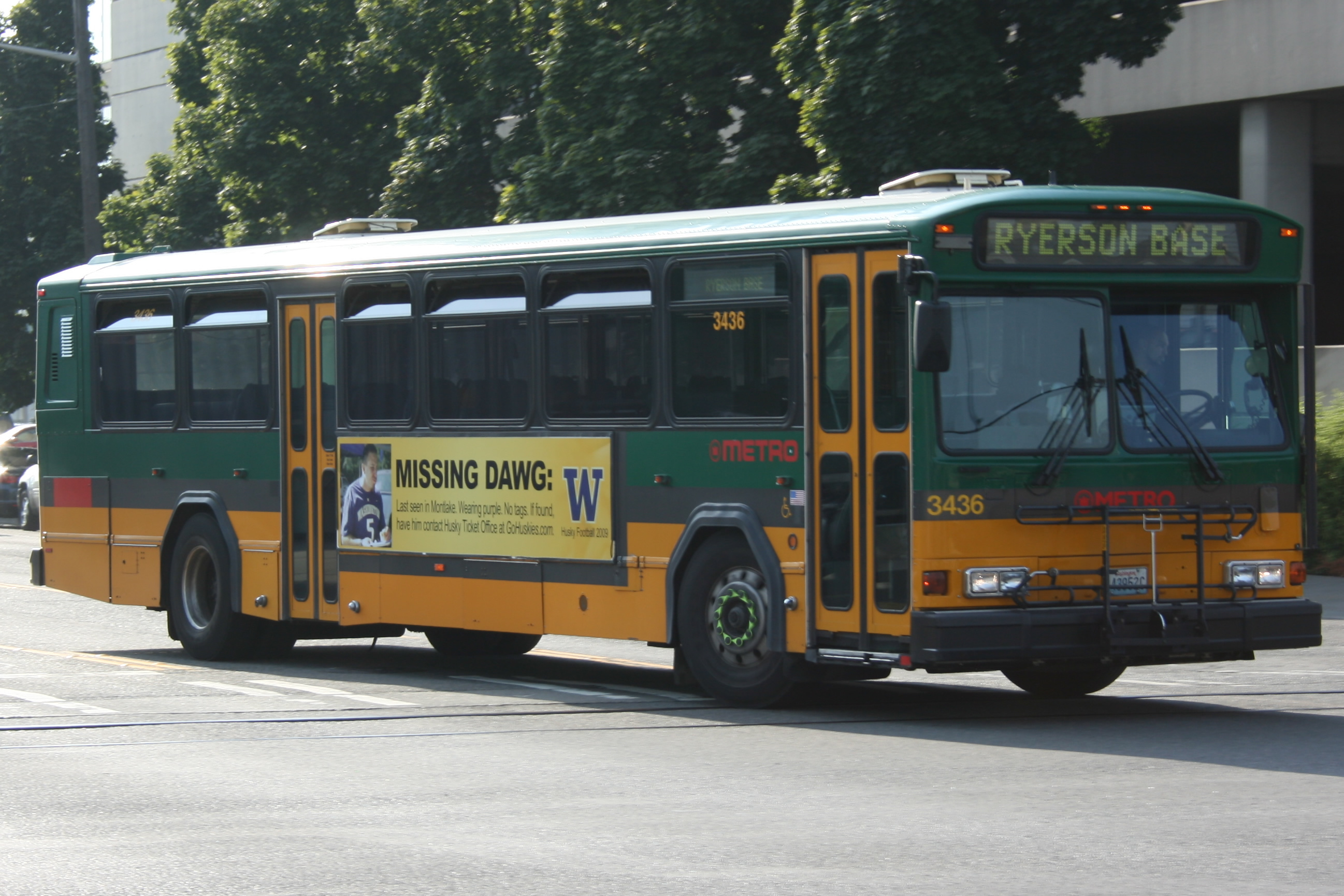UPDATE: For service status following Hurricane Sandy, check this page: MTA Service Advisory
New York is a dizzying, confusing place but, if you do your homework, you can navigate your way through the city in a wheelchair. Here are your major options.
AIRPORT TRANSPORTATION - The two major New York airports are Kennedy and La Guardia. Amazingly in this city of subways, neither is connected to that system. Your best bet is to either request an accessible taxi at the taxi stand, or to book an accessible shuttle from a company such as Supershuttle. If you're more adventurous, and don't have a lot of luggage, you can catch an MTA bus. At La Guardia, it's not too far to take the 48 bus to Queen's and catch the 7 subway there into the city at the accessible Flushing-Main St. station. At Kennedy, you can take the AirTrain to the accessible Sutphin subway station (E line) or to the accessible Howard Beach subway station (A line). We did try the bus option from La Guardia. It's doable, but coming back it's very confusing finding the right bus stop when you get off of the subway. We haven't tried the Kennedy option yet. There is also train service from Newark airport and nearby the Islip airport, which you'd either have to taxi or bus to...it would be about a mile walk from the airport to the train station. We did this via a taxi one time...if possible, I'd rather fly into one of the other three airports.
SUBWAY - Let's face it, it's just not New York without the subway. When possible, it's also the fastest way to get around. There are currently 33 accessible subway stations in Manhattan listed on the MTA's website. Some popular locations with accessible stations are Times Square, Herald Square, Penn Station, Grand Central Station, Brooklyn Bridge, Rockefeller Center, Roosevelt Island, and the World Trade Center station. Outside of Manhattan you have Yankee Stadium, Coney Island, and Flushing Meadows Park. There are several more non-accessible stations where you can transfer between lines in a wheelchair. It is very important to study the map and information provided by the MTA's website for particular access information, for example some lines may be accessible in a station while others in the same station are not such as Times Square, where the shuttle (S) is not accessible.
The basic fare for buses or subways is $2.50. A 7-Day pass is $29. (2012)
BUS - All buses in New York are accessible. We had no problems on any bus or with any drivers while we were there. The only problem is that they must also sit in traffic, although they have dedicated lanes on the busiest streets.
STATEN ISLAND FERRY - is accessible and a great way to get good views of the city and the Statue of Liberty. The Staten Island Ferry is free.
STATUE OF LIBERTY/ELLIS ISLAND FERRY - is accessible.
 |
TAXIS - Most are not accessible. You'll usually need to call a dispatcher to have one sent, it is very hard to hail an accessible cab on the street.
LONG ISLAND RAILROAD - In Manhattan, the LIRR uses the accessible Penn Station, underneath Madison Square Garden. Click the link for a map of accessible stations.
METRO NORTH RAILROAD - For points upstate and Connecticut, the Metro North uses Grand Central Station, which is accessible. For points across the Hudson, Metro North uses Penn Station, which is also accessible. Click the link for a map of accessible stations.
-Darryl
Photos courtesy of Wikimedia Commons
Diliff and Janke under CC-BY license
Daniel Schwen under CC-BY-SA license
Kris Arnold under CC-BY-SA license

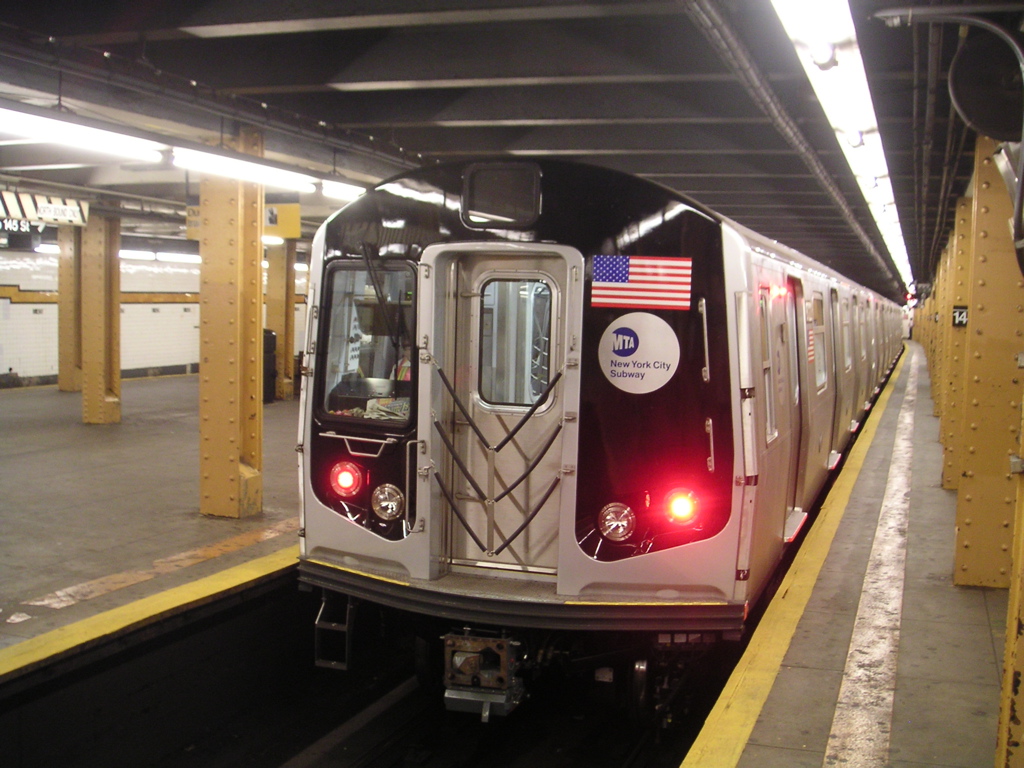
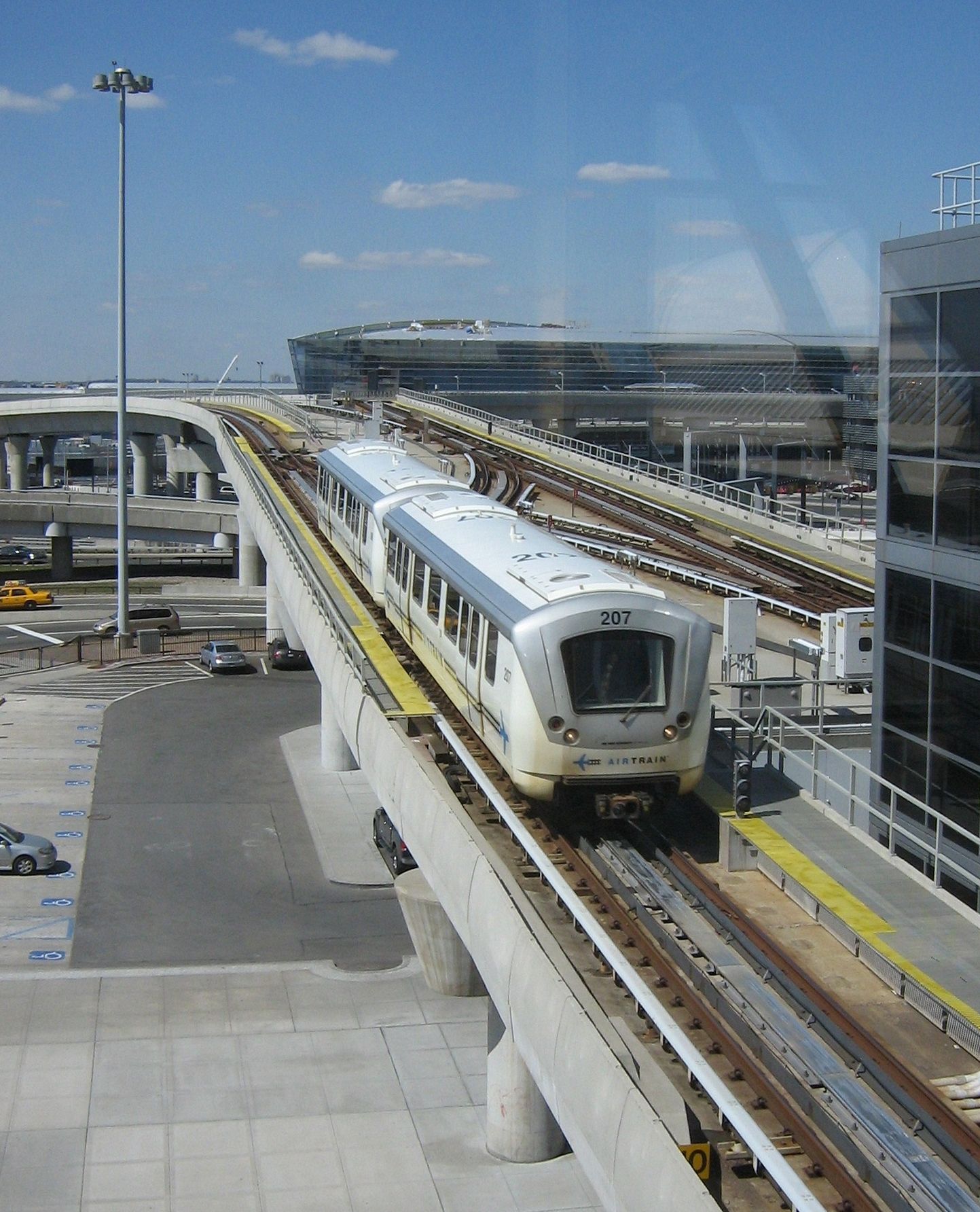


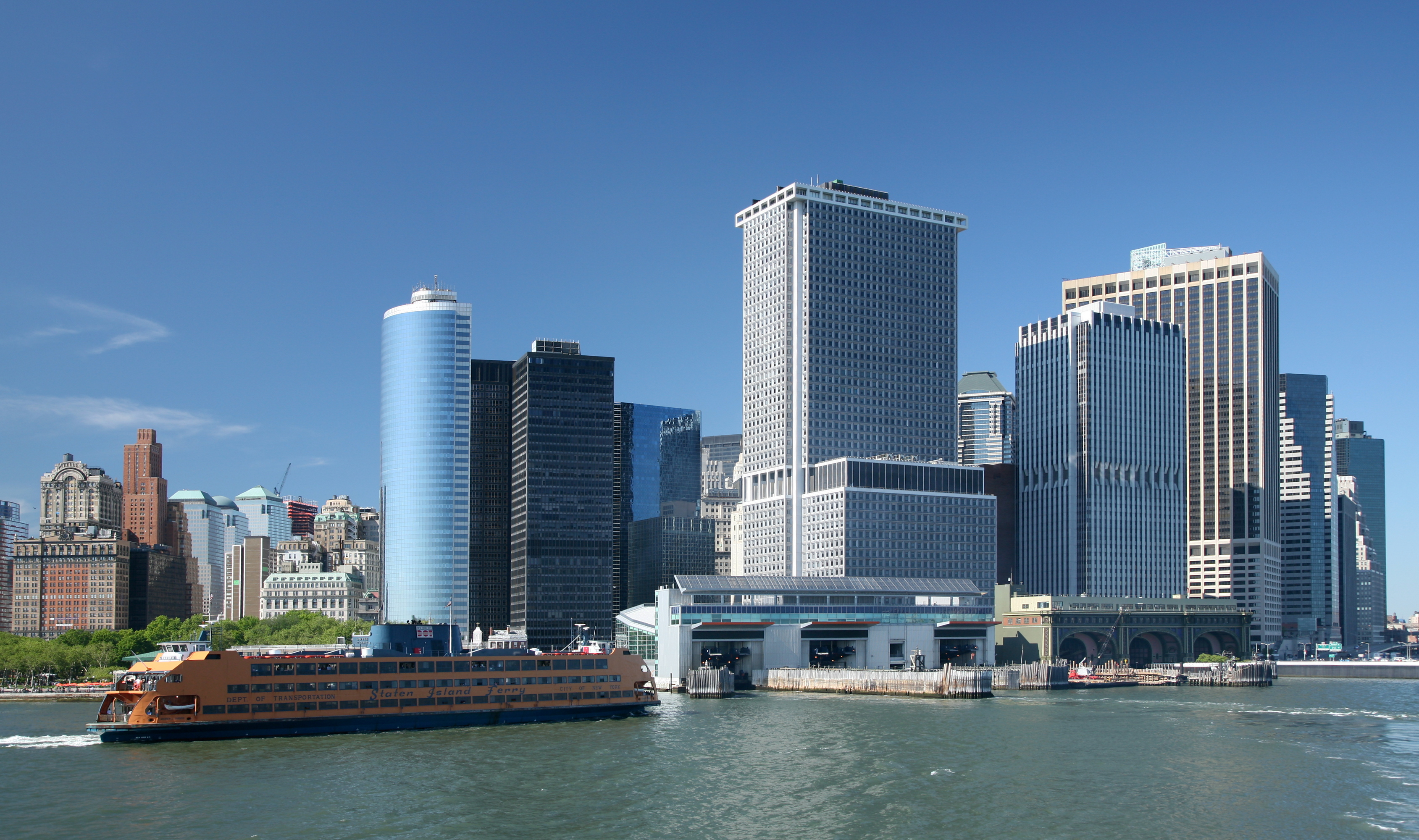








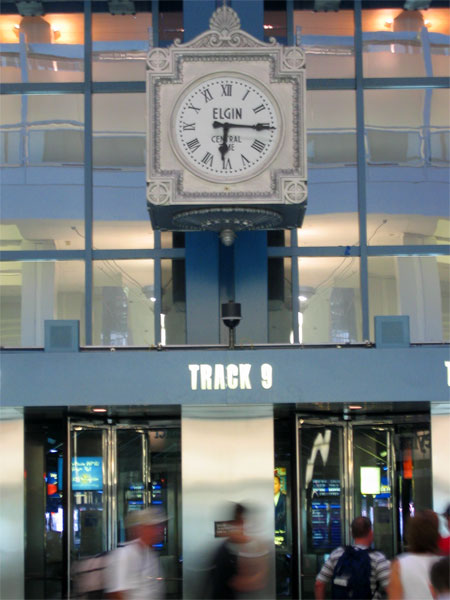






_-_Arco_e_bougainville.jpg/360px-Cervo_(IM)_-_Arco_e_bougainville.jpg)


























